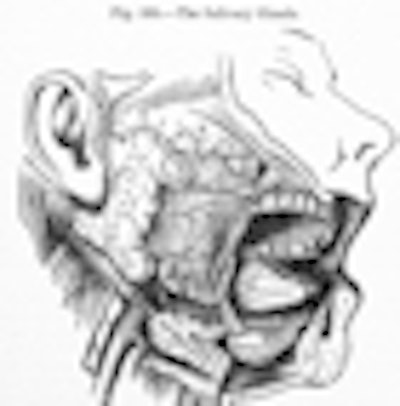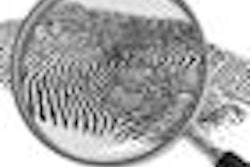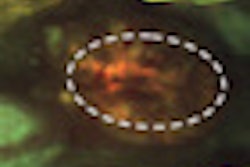
Diffuse reflectance spectroscopy could be used as a feedback mechanism to prevent iatrogenic nerve damage during oral and maxillofacial laser surgery, according to a study in the Journal of Translational Medicine (February 10, 2011).
"Lasers allow cutting biological tissue with high precision and minimal trauma [and] the ability to work remotely allows a high level of sterility," the German research team wrote. "However, these advantages come along with a lack of feedback: The surgeon does not receive sufficient information about the penetration depth of the laser cut or the type of tissue being ablated at the bottom of the laser cut."
As a result, there is a risk of iatrogenic damage or the destruction of anatomical structures such as peripheral nerves during oral and maxillofacial surgery, they noted. Two such surgeries are particularly known for having an inherent risk of iatrogenic nerve: removal of the parotid gland, which can be accompanied by a damage of the facial nerve in up to 50% of cases, and orthognathic surgery, which can cause lesions to the lower alveolar nerve in more than 80% of cases.
The goal of this study was to apply diffuse reflectance spectroscopy to differentiate between nerves and salivary gland tissue, as well as between nerves and hard tissue, as a first step toward developing a remote optical nerve detection tool to control the surgical laser cut, the researchers noted.
Diffuse reflectance spectroscopy provides a relatively simple and cost-effective approach for tissue differentiation, they explained. The light applied is absorbed or scattered, depending on the optical properties of each tissue type. In the visible range, the main tissue absorbers are melanin and hemoglobin, while the main tissue scatterers are cell organelles and cells.
The researchers acquired diffuse reflectance spectra of nerve tissue, salivary gland, and bone of the midfacial region of ex vivo domestic pigs in the wavelength range of 350-650 nm. Using receiver operating characteristic (ROC) analysis and the area under the ROC curve, they were able to differentiate nerve tissue from cancellous bone and salivary gland tissue with more than 90% sensitivity and more than 75% specificity.
"The results of this study show the general possibility of remote differentiation between nerve, salivary gland, and bone tissue types using diffuse reflectance spectroscopy," the authors concluded. "A control system can be established on the basis of this technology, which will be able to identify nerve tissue during oral and maxillofacial laser surgery to prevent iatrogenic nerve damage when performing surgeries on the parotid gland or the mandible."
Prior to any clinical application, however, further experiments are necessary to investigate the effects of blood microcirculation in vivo, carbonization zone (from laser ablation), and bleeding on wound surfaces on tissue differentiation, they noted.



















